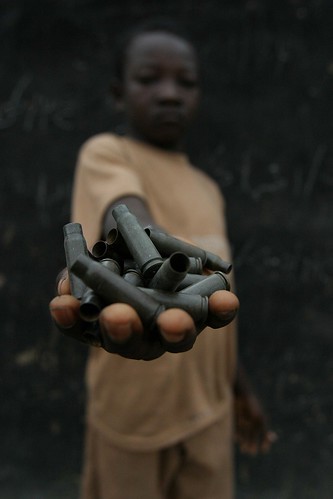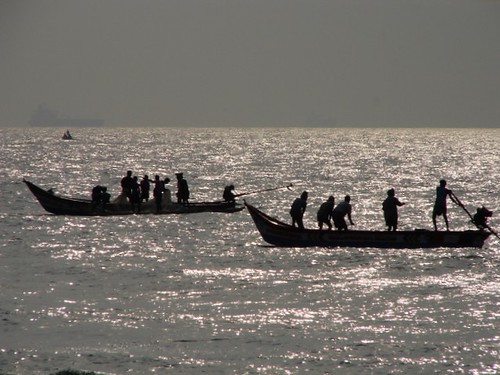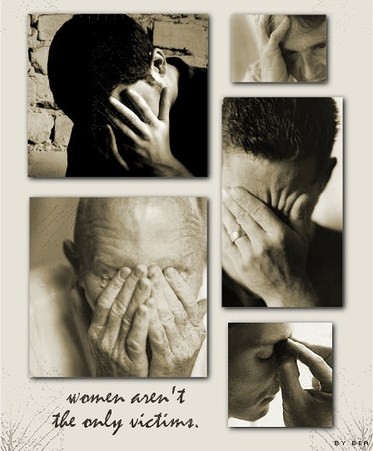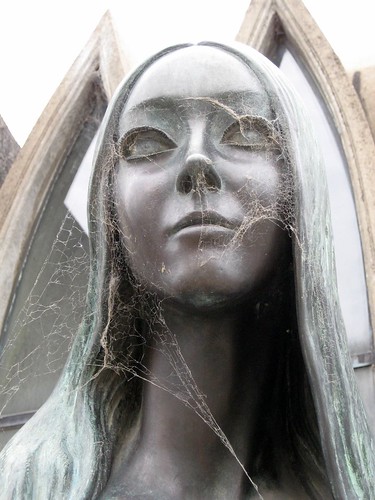Even Padman Cannot Save These Women From The Practice of Chhaupadi
 Hats-off to the Padman team for bringing up the sensitive issue of menstruation in India. I always thought periods was a word more dangerous than “Lord Voldemort” and those who dare to speak about it, open pandora’s box. But now things are changing and not only are we speaking about menstruation but are embracing it too. Sadly this is not the case with everyone. The taboo of menstruation and the draconian practice of Chhaupadi are claiming lives of many females.
Hats-off to the Padman team for bringing up the sensitive issue of menstruation in India. I always thought periods was a word more dangerous than “Lord Voldemort” and those who dare to speak about it, open pandora’s box. But now things are changing and not only are we speaking about menstruation but are embracing it too. Sadly this is not the case with everyone. The taboo of menstruation and the draconian practice of Chhaupadi are claiming lives of many females.
As per the old Hindu Custom of Chhaupadi, a menstruating female is considered impure and is therefore banished from her house during her periods. She is made to stay in a goth (temporary mud huts with limited resources), stables or caves during this period. A menstruating female is considered untouchable and it is believed that her impure touch would render everything worthless. She is forbidden to enter her household, touch men, animals or plants and consume certain food articles. Similarly no one can touch her during her periods. Thus even if a female becomes ill, she is not properly taken care off as everyone banishes her.
The practice is still widely followed in few parts of Nepal and has claimed many innocent lives. A nineteen year died of snake bite during her stay in the goth. Another girl died of the suffocation caused by the fire she had lit to keep herself warm during a chilling winter night. Other females have died due to hypothermia, malnutrition, animal attacks, severe bleeding, robbery and rapes.
Reasons for Practing Chahupadi – 1. Fear of God – The people believe that the god would punish those who don’t follow the Chhaupadi Pratha.
2. Banishment from the Society – There is an obvious fear that the society would banish those families who don’t follow the custom.
Impact on Females – The females suffer from physiological, mental and emotional stress. The conditions in the goth are deplorable. The mental, physical and reproductive well being of the females are compromised as they suffer due to poor hygiene, poor nutrition, heavy workload and lack of security. Their basic human rights are being denied to them.
Law Against Chhaupadi In the year 2005, the Supreme Court of Nepal declared the practice of Chhaupadi illegal. A legislation passed by the Parliament effective from August 2018 states that “A woman during her menstruation or post-natal state should not be kept in chhaupadi or treated with any kind of similar discrimination or untouchable and inhuman behaviour”. Anyone who forces a women to follow Chhaupadi may face a three-month jail sentence or a 3,000 Nepalese rupee fine or both. The law will be effective from August 2018.
Conclusion The social workers, government and youth of Nepal are spreading awareness about this evil practice of exile. The execution of the law would be extremely challenging. The main problem is that the females are conditioned and made to believe that they become impure during their periods. Changing this mindset is the government’s greatest challenge. The law is still ambiguous as it does not specify the discrimination meted out to the menstruating females and therefore its implementation is surely challenging. It is ironical that god made all of us but yet when we menstruate, we are forbidden by some to enter temples. It is hoped that like the law eventually ended the evil practices of sati and jauhar in India, the law will be successful in ending the practice of Chhaupadi in Nepal.
Read more


 Introduction
Introduction 



